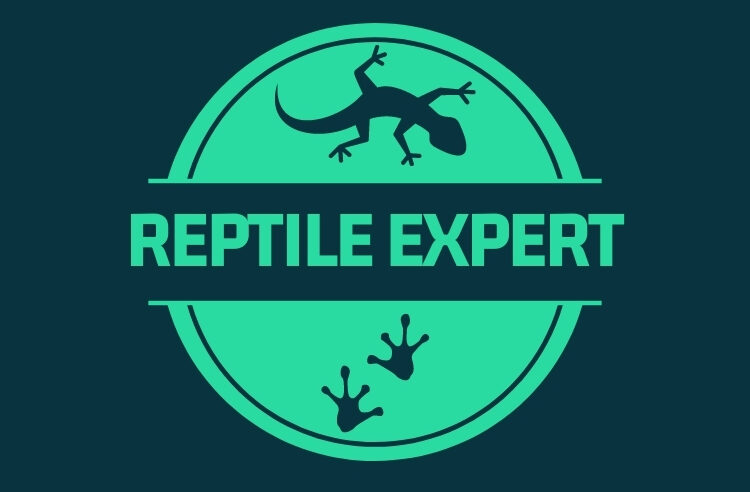While most people immediately think of reptiles, particularly snakes, when they think of skin-shedding, in actual fact, all animals shed their skin at regular intervals to maintain health. In fact, humans shed 1.5 million skin cells every hour! However, reptiles gain more attention for the process because they often do it quickly and cleanly, in one go.
Snakes
Snakes require humidity to help shed their skin and in the wild, they will seek out underground burrows or hide in rocky crevices to find the appropriate microclimate to help with the shedding. In captivity, pet snakes can be provided with a water bowl that is large enough for them to loosely coil in and deep enough for them to be fully submerged. If your snake is too large for this, you can provide a humidity retreat box instead.
Most snakes will change colour just before shedding takes place. Boas and pythons, for example, usually get darker (sometimes to the point where their markings are undistinguishable from a distance) and the skin will become dull. If they are light coloured, they can sometimes show a reddening in the belly area. (Note: this reddening on its own can be a sign of septicaemia and Salmonella infection so monitor closely and consult a vet if uncertain). Other snakes, such a colubrids, will lighten up instead, acquiring a milky tinge to their skin. Just before the shed, snakes’ eyes will also turn cloudy white as fluid builds up between the old and new spectacles. Once the eyes are clear again, the snake will begin shedding and bathing them in water, which can help to speed up the process. Remember that many snakes carry the Salmonella bacteria and so be careful when handling the skin sheds as these can still harbour the bacteria, even when dried for many years.
Lizards
Like snakes, most lizards will change colour prior to a shed and become dull as well. Many lizards, such as iguanas and chameleons, which have movable eyelids. Just before their head region begins to shed they will puff out their eyes in the days. This may look alarming but do not be worried. The lizard will usually gently rub its closed eyes against any available surface to help remove the loose, old skin and you can help by gently rubbing their heads with your fingers. Shedding often starts at the head and moves down the body, with the tail coming off last.
Lizards in the wild also seek out humid microclimates to help with shedding and for pet lizards, such as iguanas, you might like to start regularly bathing or spraying them with water prior to the shedding periods. Alternatively, you can provide standing water in a bowl to soak in (deep enough and wide enough for full submersion) or a humidity retreat box.
Although you may be tempted, do not pull of any skin that doesn’t come off readily by itself. Lizards will help the process by rubbing themselves against surfaces to loosen the old skin but be prepared for a period of them when they will look quite dishevelled, with strips and patches of loose skin hanging off their bodies and flapping around! The only time you might want to step in is with spikes and tail ends where if the skin is not shed properly, it may constrict the growth of the living tissues underneath. Do this by gently rubbing the skin over the course of several days and spraying with water to help.
Most healthy lizards will shed completely within a week or two. If your lizard takes longer, it may be stressed or ill.
Turtles and Tortoises
These reptiles shed their skin too although the process is slightly different. The skin on the exposed head, neck, limbs and tail usually sheds in pieces. In terrestrial species, help the process by spraying with water or providing a shallow dish with water for a good wallow. Be careful, though, that some terrestrial species can, overdo the wallowing to the point where it causes shell rot so do not provide a constant source of water to soak in. A humidity box or damp area is also a good idea. Aquatic species generally shed their skin as an overall filmy flag which floats around the body until it finally detaches itself.
Things to remember:
- Reptiles often do not feel well prior to shedding and so will exhibit signs of grumpiness, such as snapping or hissing. Try to avoid touching and handling as much as possible during this delicate time.
- Many reptiles will loose their appetite during this period and this is normal. Some will simply reduce their food intake while others will stop eating altogether until after they have completed the shed. Unless they still refuse to eat several days after a shed is complete, there is no need to panic.
- Problems with shedding are usually a sign of underlying disease or illness. In some cases, this is simply the trauma of transport to and from the pet stores, once housed and cared for properly, things will return to normal by the third shed. However, if you are unsure, it is best to consult a vet or a reptile expert.
- Reptiles sometimes eat the shed skin and this is not usually a problem as long as its environment is kept clean. Remember that shedding is a normal, natural process that helps to maintain health and promote renewal.
